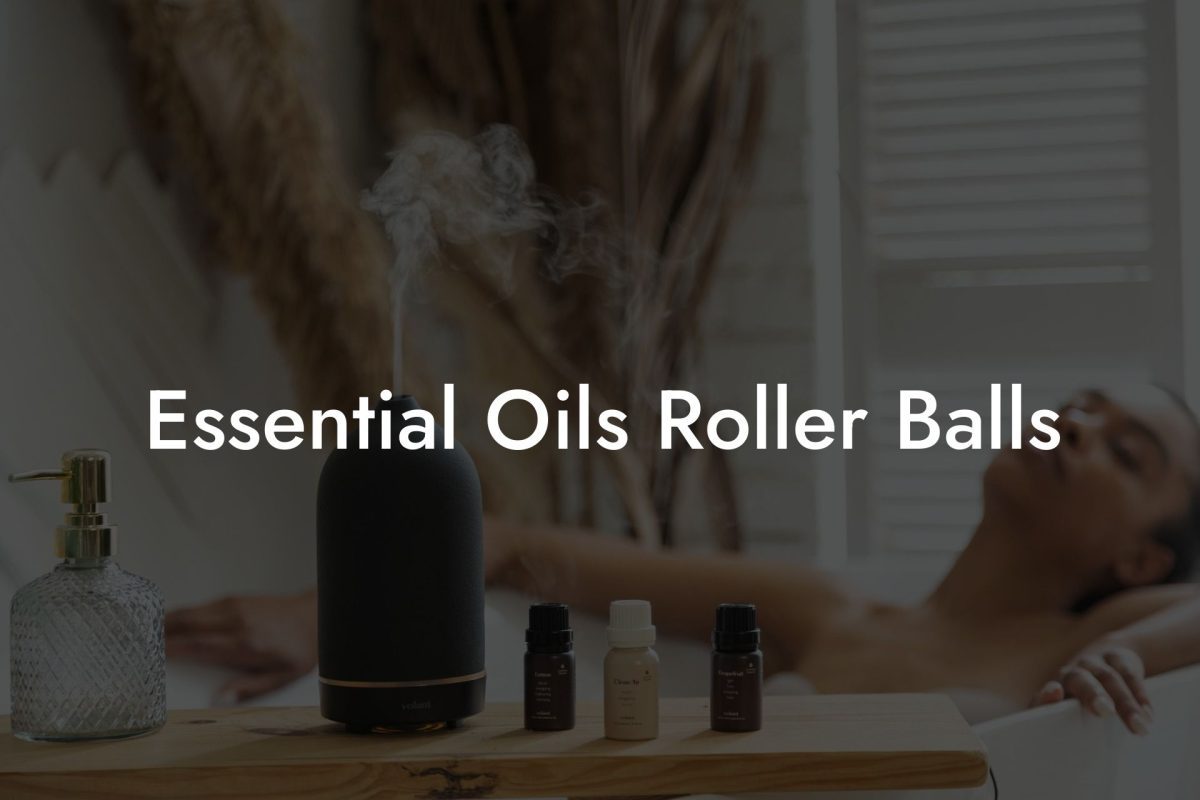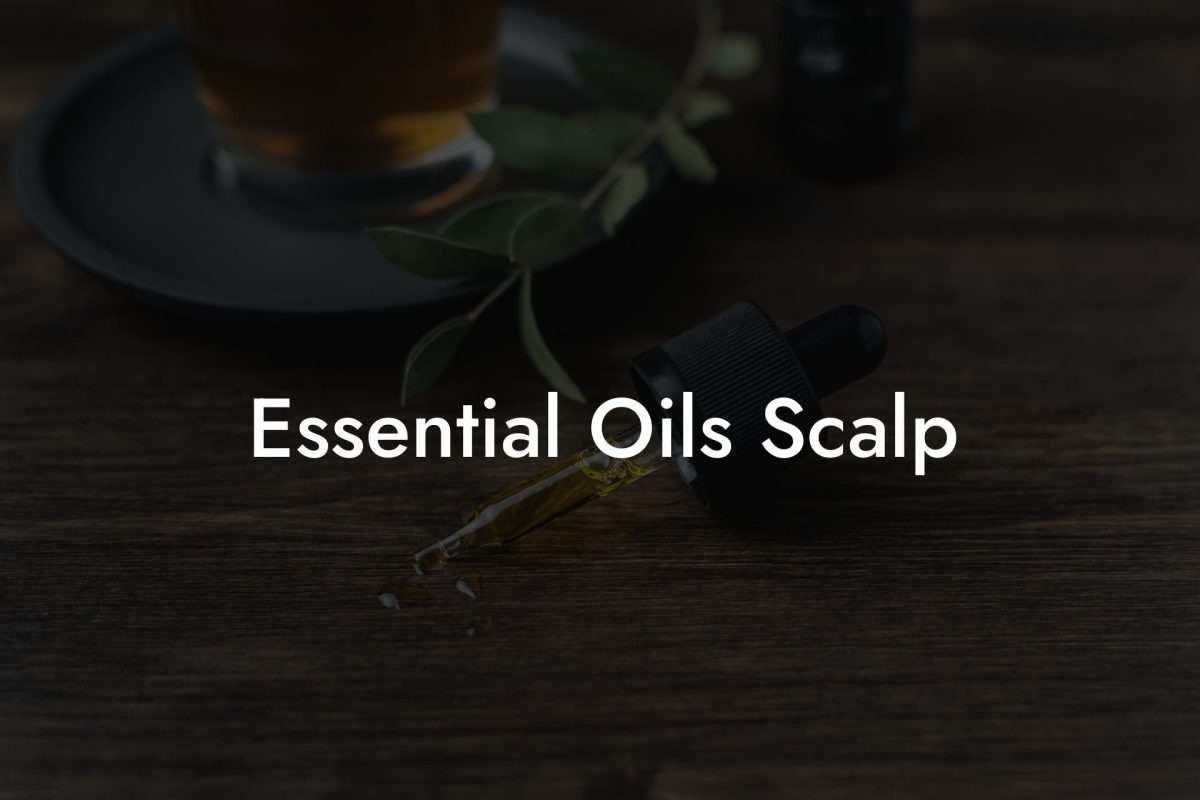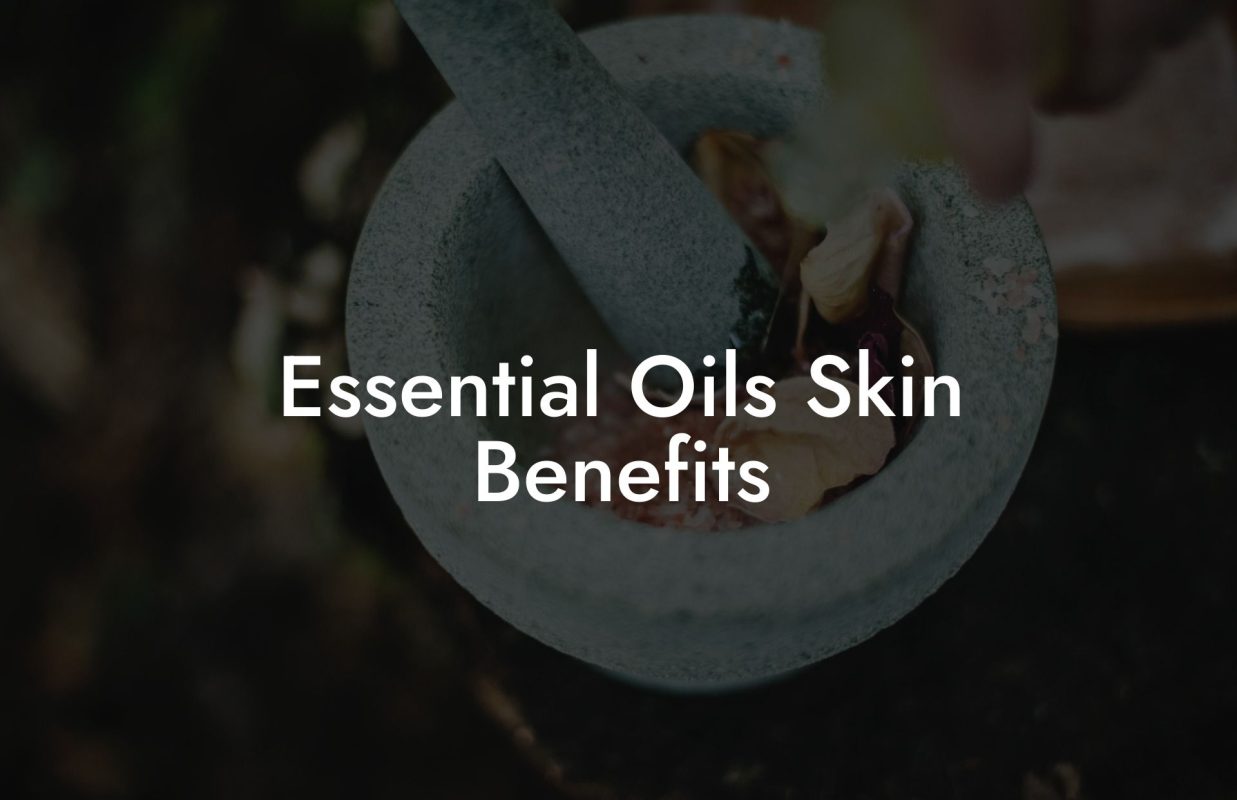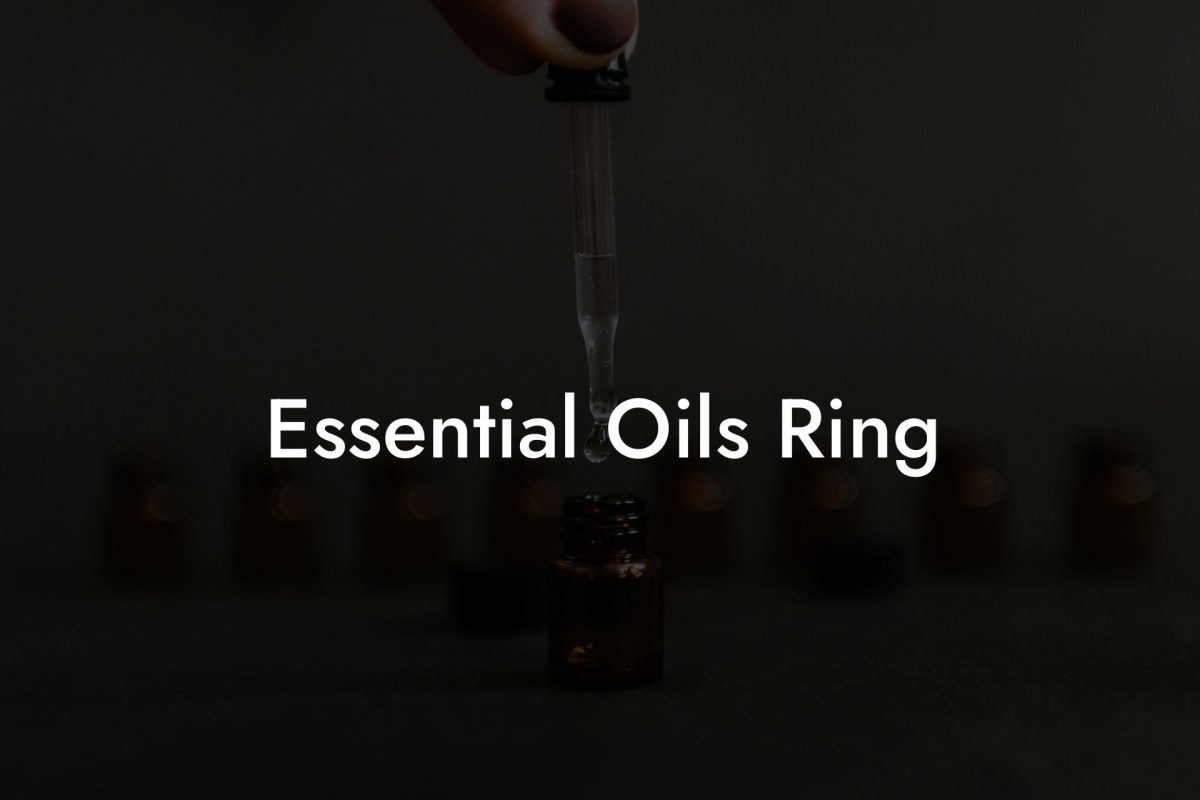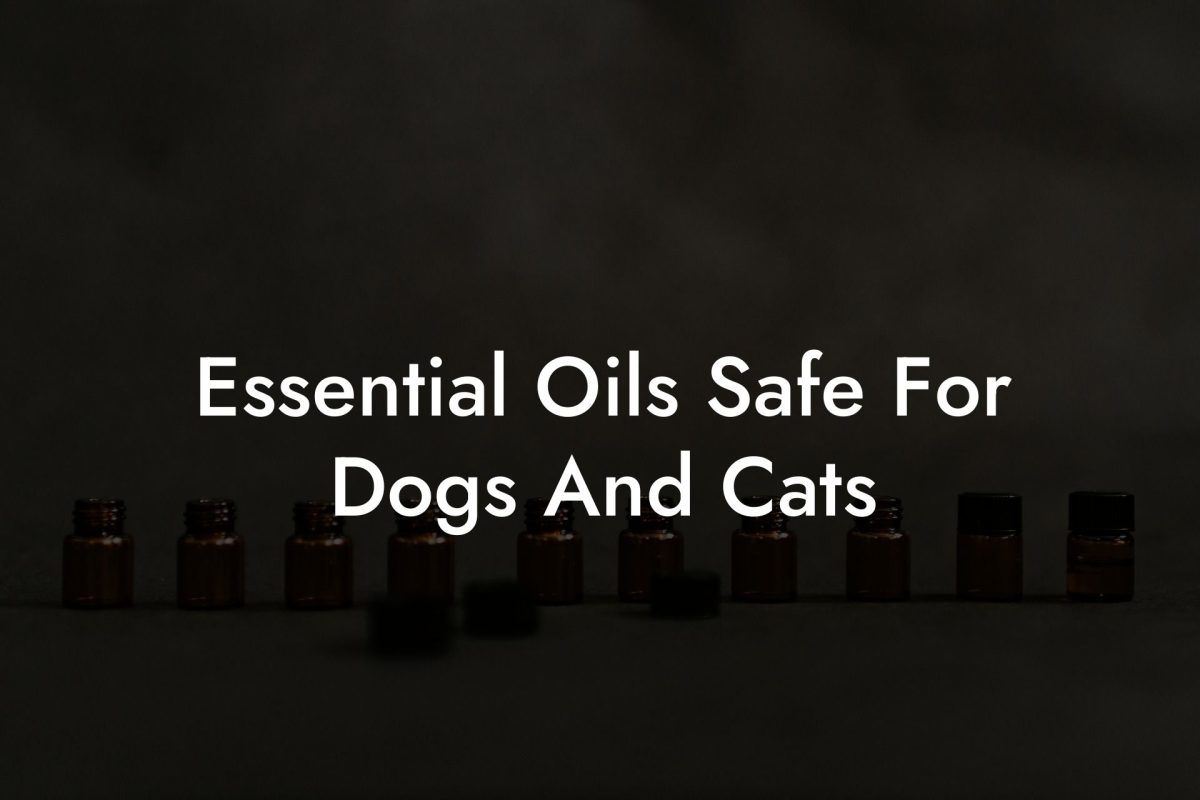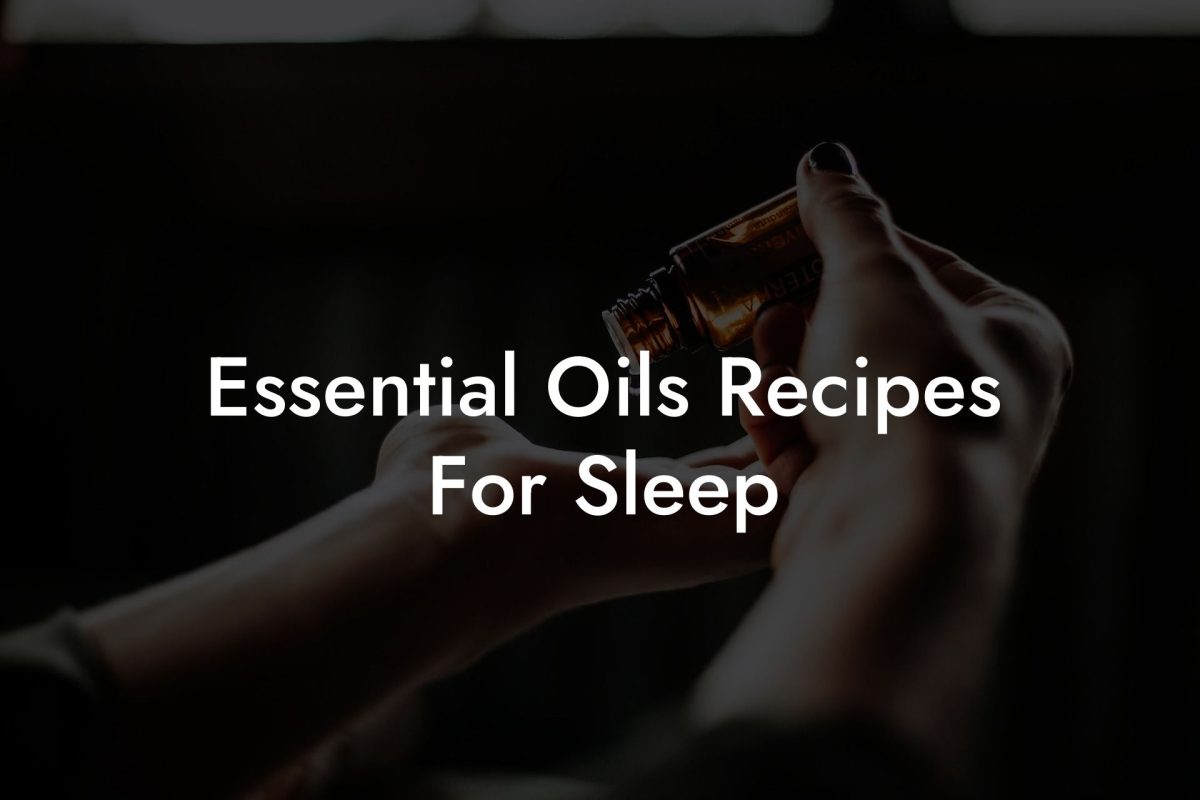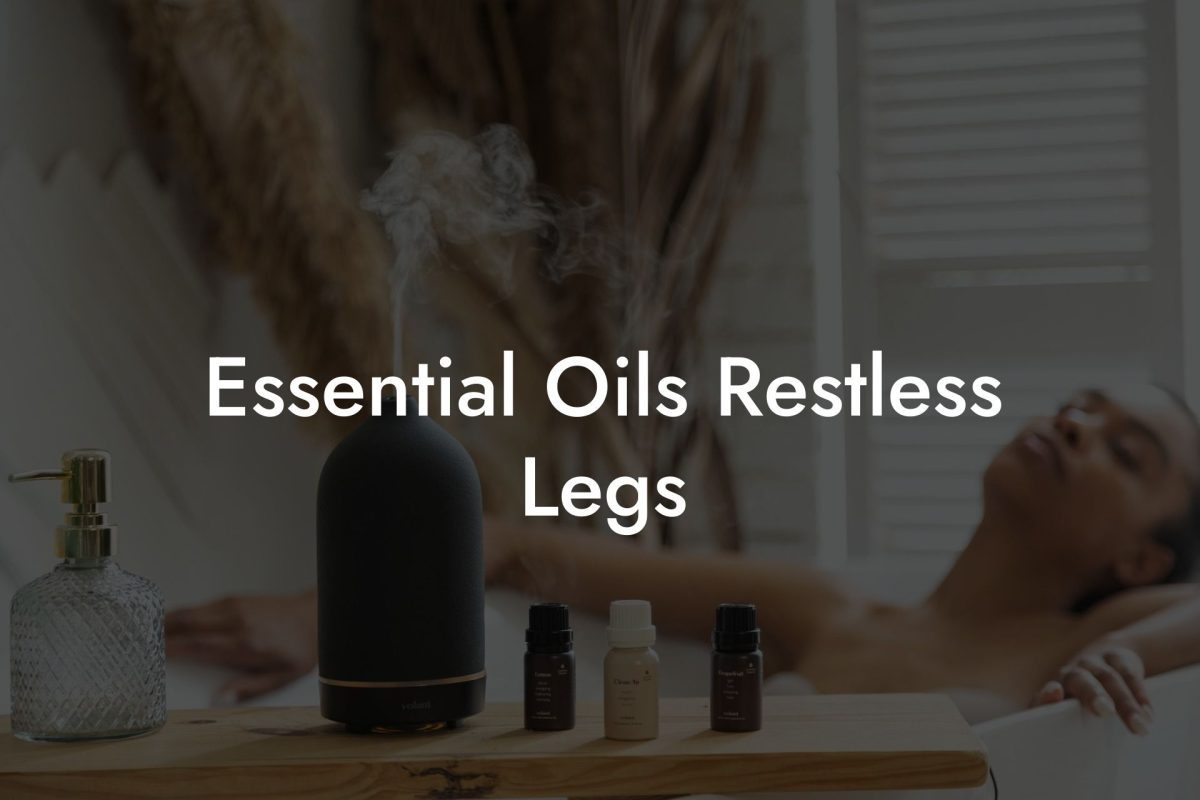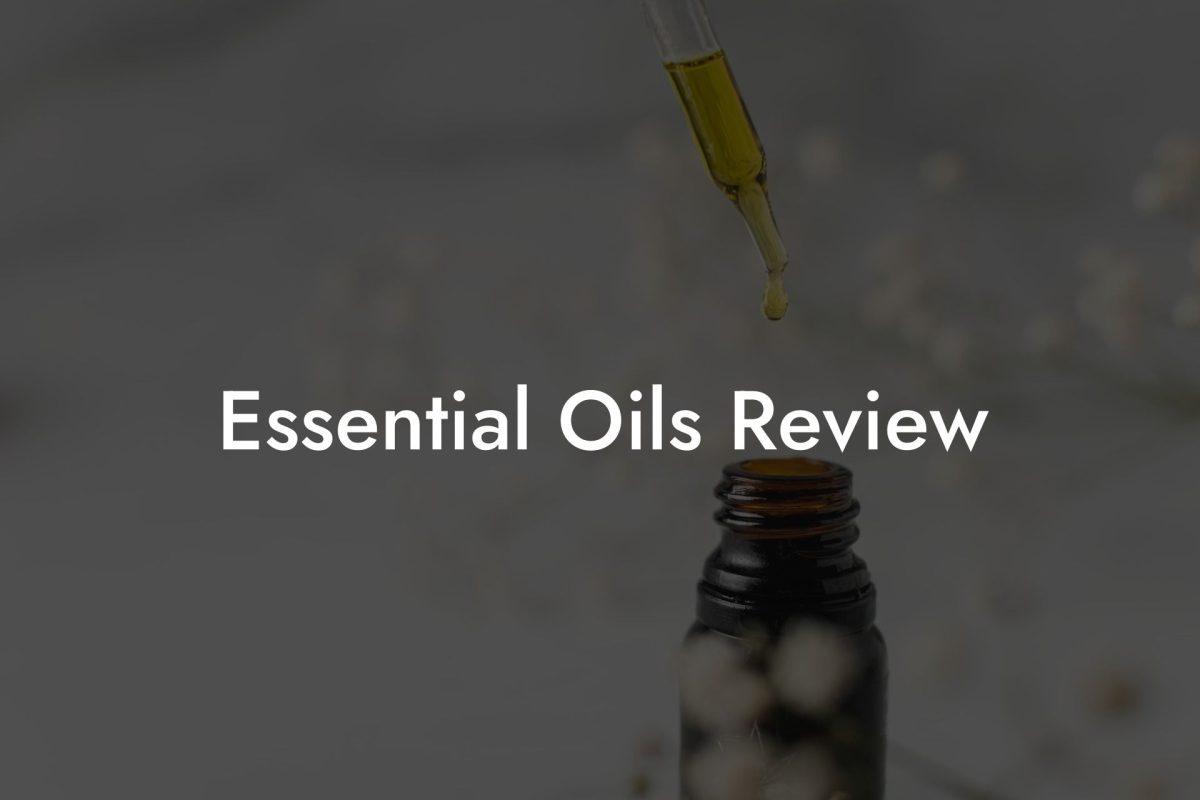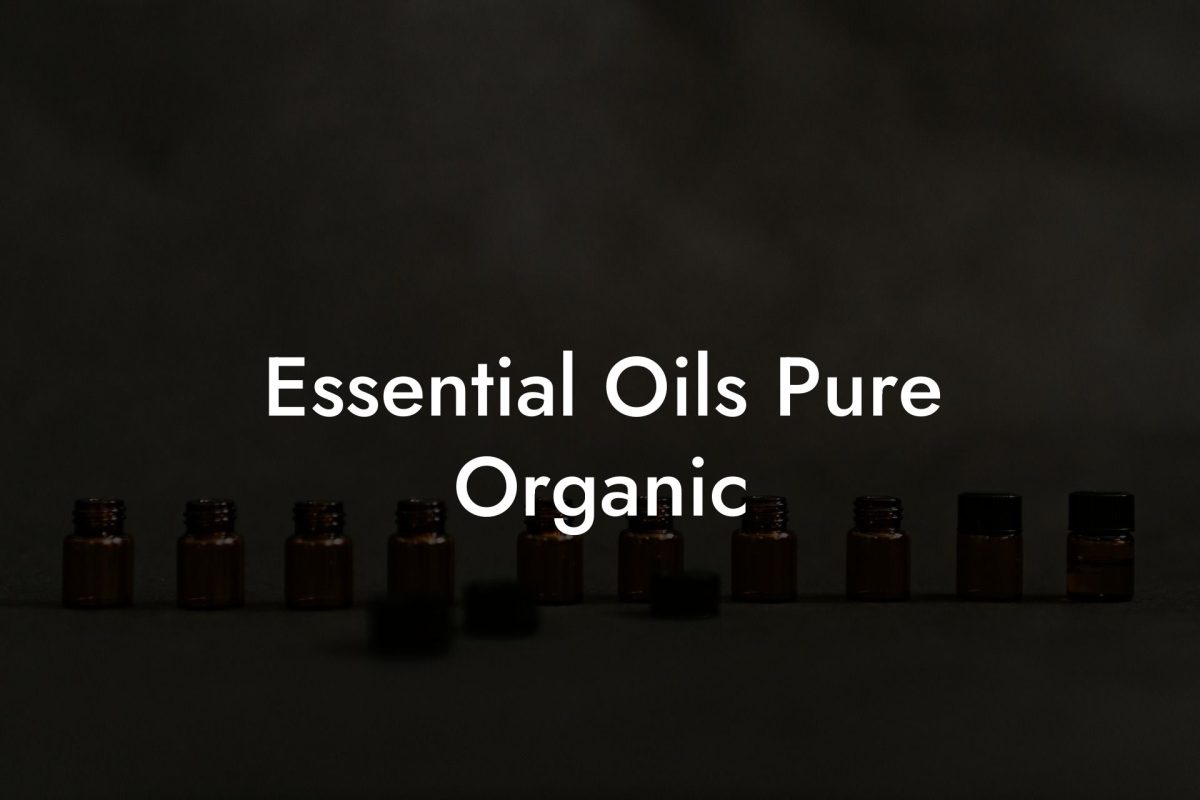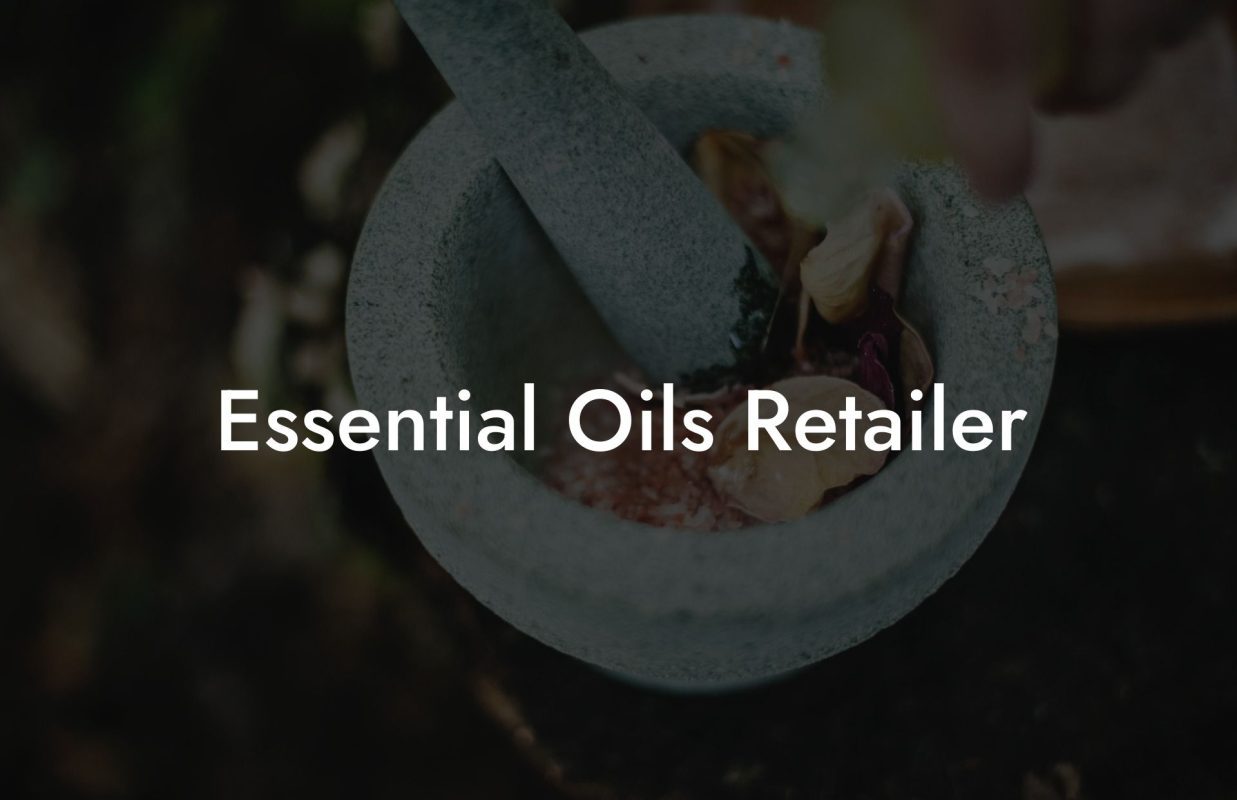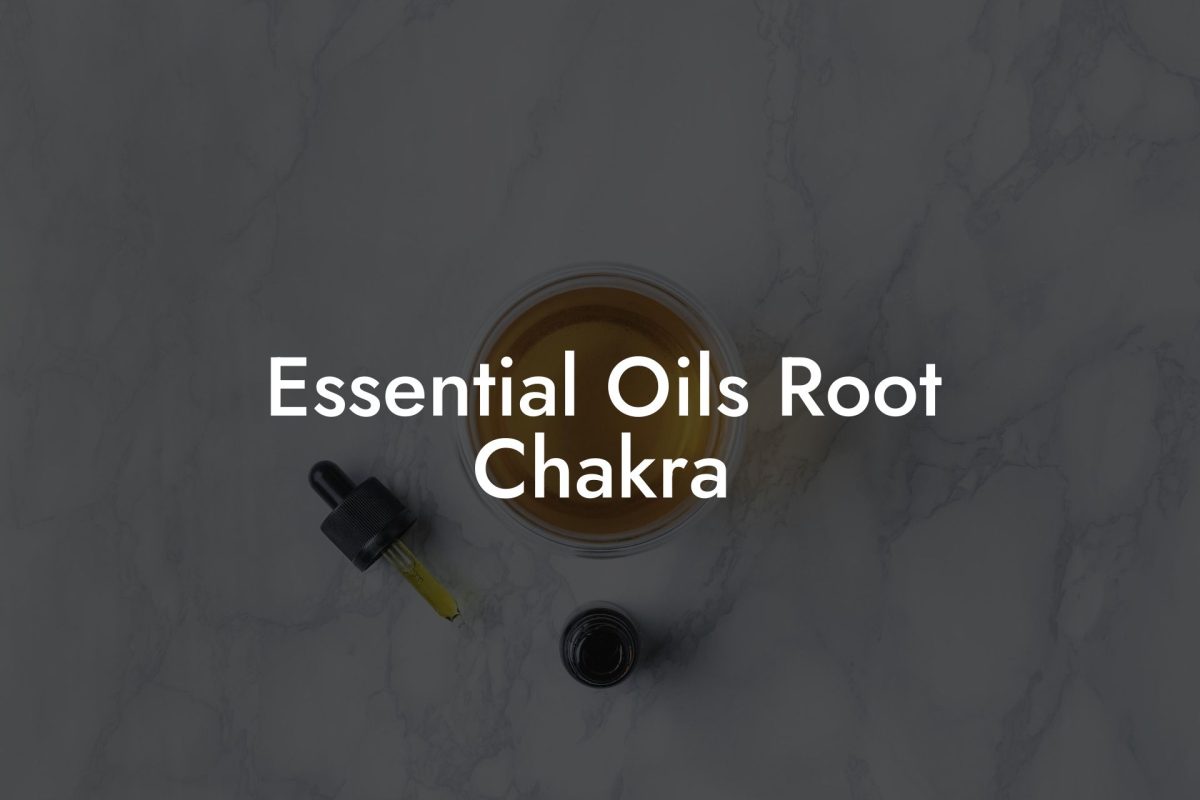Discover the fascinating process of extracting essential oils from plants and how these incredible natural substances can enhance your life. In this article, we’ll delve into the different methods of extraction and provide a realistic example that demonstrates the importance of choosing quality essential oils.
Table of Contents
A Brief Overview of Essential Oils
Essential oils are concentrated liquids derived from plants containing their aroma, flavor, and therapeutic properties. They’ve been extensively used throughout history for their health benefits and countless everyday applications. Oshu Oils create artisan essential earth oils to help you maintain a balanced and modern lifestyle.
Methods for Extracting Essential Oils
Essential oils are extracted from various plant parts, including flowers, leaves, seeds, roots, and fruits. There are several extraction methods in practice:
1. Steam Distillation
This is the most common and widely used method for essential oil extraction. In this process, steam is passed through the plant material, which vaporizes the volatile compounds. The steam and vaporized compounds are then condensed back into liquid form. Finally, the essential oil layer is separated from the water layer and collected.
2. Cold Pressing
Cold pressing, also known as expression or mechanical pressing, is primarily used for extracting essential oils from citrus fruits like oranges, lemons, and limes. The fruit’s outer rind is mechanically pressed, releasing the oil within.
3. Solvent Extraction
Solvent extraction involves dissolving plant material in a solvent, typically hexane or ethanol, to obtain the essential oil. This method is used for delicate plants or flowers, such as jasmine or rose, that may be damaged by heat during steam distillation. After extraction, the solvent is removed, and the resulting oil is called an absolute.
4. CO2 Extraction
Carbon dioxide (CO2) extraction uses supercritical CO2 as a solvent to extract essential oils from the plant. This method yields pure essential oils without any residual solvents and is ideal for extracting temperature-sensitive plants.
5. Enfleurage
Enfleurage is a traditional, time-consuming, and labor-intensive method that involves placing delicate flowers on a layer of odorless fat to absorb the oils. After several weeks, the fat is washed with a solvent to retrieve the essential oil. Although rarely used today, it’s still considered an excellent technique for extracting fragile flower essences.
How To Extract Essential Oils Example:
Imagine you’re interested in lavender essential oil for its calming and relaxation properties. It’s essential to choose a high-quality oil extracted through steam distillation, as this method preserves the therapeutic compounds without the use of potentially harmful solvents.
When selecting a lavender essential oil, look for information about the extraction method and source of the plant material. Oshu Oils provides this information on their labels and website, ensuring you get a quality product that contributes to your wellbeing.
Now that you understand the various methods of essential oil extraction, you can make informed decisions when choosing oils for your home and wellness routine. Share this article with friends and family to spread the knowledge of essential oils and the fascinating process involved in creating these magical elixirs. Explore the vast world of essential oils further by browsing through our other guides on Oshu Oils and nourishing your senses with our beautifully crafted range of aromatic essential oils.


